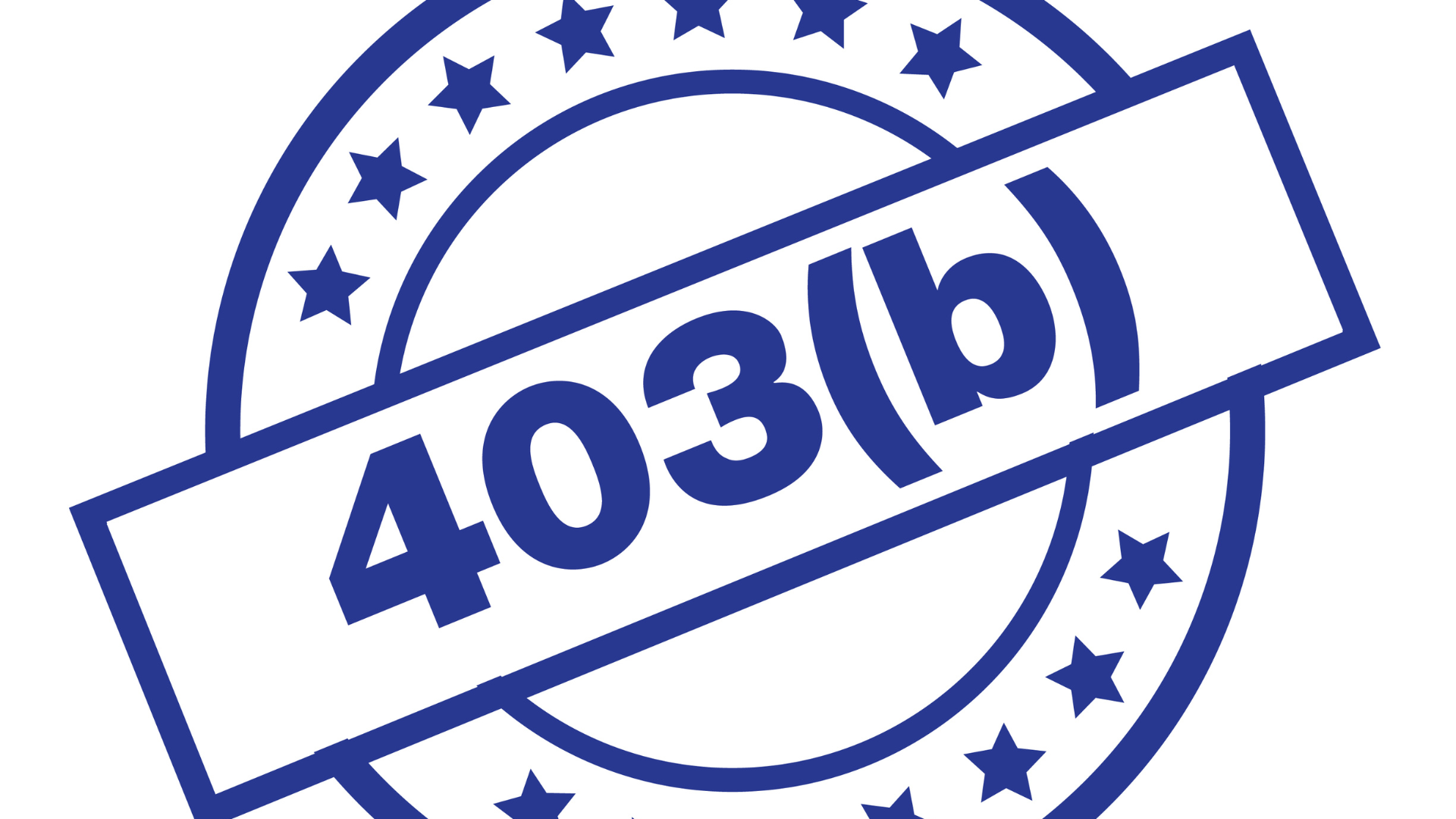The retirement savings landscape has changed dramatically in recent years, and there are now more options than ever when it comes to funding your IRA. One popular option is the 403(b) rollover, which allows you to roll over funds from a 401(k) or other qualified retirement plans into a 403(b) account.
There are a few things to keep in mind if you’re considering a 403(b) rollover:
- You’ll need to open a 403(b) account with a financial institution that offers them.
- You’ll need to notify your current plan administrator that you’re doing a rollover and request the necessary paperwork.
- You’ll have 60 days from the date you receive the funds to deposit them into your 403(b) account. If you don’t, the funds will be treated as a withdrawal, and you’ll be subject to taxes and possible penalties.
- There may be limitations on how much you can rollover. For example, some plans only allow you to roll over a certain percentage of your account balance
- You may be able to do a direct rollover, which allows the funds to be transferred directly from your current plan to your 403(b) account. This is generally the simplest and most efficient way to do a rollover.
- You may also be able to do an indirect rollover, which involves withdrawing the funds from your current plan and then depositing them into your 403(b) account within 60 days. This option is generally not as favorable because you’ll be subject to taxes on the withdrawal, and if you don’t deposit the funds into your 403(b) account within the 60-day period, you’ll be subject to a 10% early withdrawal penalty.
The bottom line is that a 403(b) rollover can be a great way to consolidate your retirement savings and take advantage of the tax benefits of a 403(b) account. However, there are a few things to keep in mind before you make the decision.
How to roll over your 403(b) into an IRA
Once you reach age 59 1/2, you are no longer subject to the 10% early withdrawal penalty on distributions from your retirement accounts. However, you will still owe income taxes on the money you withdraw. If you roll over your 403(b) into an IRA, you can delay taking distributions from your account until you reach retirement age.
You can roll over your 403(b) into an IRA in two ways:
- Direct Rollover: The money in a direct rollover is transferred directly from your 403(b) account to your IRA. This is the simplest and most efficient way to do a rollover
- Indirect Rollover: You withdraw the money in indirect rollover from your 403(b) account and then deposit it into your IRA within 60 days. This option is generally not as favorable because you’ll be subjected to taxes on the withdrawal, and if you don’t deposit the funds into your IRA within the 60-day period, you’ll be subject to a 10% early withdrawal penalty.
How to choose an IRA provider
Once you’ve decided to roll over your 403(b) into an IRA, the next step is to choose an IRA provider. There are a few things to keep in mind when choosing an IRA provider:
- Fees: Be sure to compare the fees charged by different IRA providers. Some providers charge annual fees, while others charge fees for each transaction.
- Investment options: Be sure to compare the investment options offered by different IRA providers. Some providers offer a limited selection of investments, while others offer a wide variety of investment options.
- Customer service: Be sure to compare the customer service offered by different IRA providers. Some providers have better customer service than others.
- Reputation: Be sure to research the reputation of different IRA providers. Some providers have better reputations than others.
The bottom line is that there are a few things to keep in mind when choosing an IRA provider. Be sure to compare the fees, investment options, customer service, and reputation of different IRA providers before you choose one.

